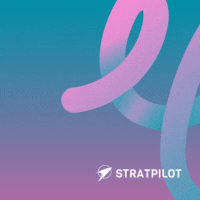In today’s fast-paced business world, managing multiple vendors efficiently is a cornerstone of success for small and medium-sized enterprises (SMEs). From ensuring product quality to negotiating pricing and maintaining timely deliveries, vendor management is no small feat. As we move deeper into the age of digital transformation, using AI prompts for vendor management can simplify complex processes, enhance collaboration, and align your team’s goals with broader business objectives.
Why AI Prompts Matter for Vendor Management
Vendor management requires constant monitoring, evaluation, and communication. However, manual oversight can lead to delays, missed opportunities, and inconsistent performance tracking. This is where AI prompts for vendor management play a transformative role.
By leveraging AI-driven guidance, your team can streamline tasks like vendor evaluation, contract renewal tracking, and supplier risk assessment. These prompts help generate actionable insights, automate routine communications, and create structured processes for strategic planning.
Top 5 AI Prompts for Vendor Management
Below are five practical AI prompt templates, complete with example outputs and why they’re valuable for SMEs looking to refine their vendor management approach.
1. AI Prompt for Evaluating Vendor Performance
Prompt Template: “Analyse the quarterly performance of our vendors based on key metrics like delivery time, product quality, and cost efficiency. Suggest which vendors to prioritise for the next contract cycle.”
Example Output:
1. Vendor A: 95% on-time delivery, 4.8/5 quality score — renew contract
2. Vendor B: 72% on-time delivery, 3.9/5 quality score — needs performance review
3. Vendor C: 88% on-time delivery, 4.2/5 quality score — maintain relationship
Why This Is Useful: This prompt helps identify top-performing vendors while pinpointing those requiring attention, ensuring decisions are based on data, not assumptions.
2. AI Prompt for Vendor Risk Assessment
Prompt Template: “Identify potential risks among our existing vendors based on historical performance data, financial stability, and supply chain dependency.”
Example Output:
1. Vendor X: High risk due to delayed shipments and unstable financial records.
2. Vendor Y: Moderate risk; reliance on a single supplier for raw materials.
3. Vendor Z: Low risk; diversified sourcing and strong payment history.
Why This Is Useful: Understanding risks in advance allows SMEs to plan contingencies and negotiate better contracts, ultimately reducing operational disruptions.
3. AI Prompt for Streamlining Vendor Communication
Prompt Template: “Generate a monthly update email to all vendors summarising performance feedback, upcoming targets, and collaboration opportunities.”
Example Output: “Dear Vendor Partner, we appreciate your consistent service. For next month, please focus on faster delivery for Product Line B. We aim to maintain our mutual growth and look forward to continuous collaboration.”
Why This Is Useful: Regular, consistent communication strengthens vendor relationships and fosters transparency, key elements of effective vendor management.
4. AI Prompt for Contract Renewal Insights
Prompt Template: “Review all active vendor contracts and list which ones are due for renewal within the next 90 days. Provide a summary of vendor performance to support renewal decisions.”
Example Output:
1. Vendor 1: Contract ending May 15 – good performance; renewal recommended.
2. Vendor 2: Contract ending June 2 – poor quality feedback; review needed.
3. Vendor 3: Contract ending June 20 – cost-saving opportunities available.
Why This Is Useful: Helps your team stay proactive with renewals while leveraging data to negotiate favorable terms, keeping procurement cycles smooth and strategic.
5. AI Prompt for Vendor Comparison and Selection
Prompt Template: “Compare new vendor proposals based on pricing, past performance, customer feedback, and delivery timelines. Recommend the top 3 vendors for selection.”
Example Output:
1. Vendor Alpha: Competitive pricing, excellent quality rating, moderate lead time.
2. Vendor Beta: Slightly higher cost but top-tier reliability.
3. Vendor Gamma: Fastest delivery; average feedback on packaging.
Why This Is Useful: Streamlines decision-making by combining quantitative and qualitative factors, saving time while ensuring optimal choices for your business.
How Stratpilot Can Help Your Vendor Management Process
Stratpilot acts as your AI-powered productivity partner, designed to help SMEs simplify complex workflows like vendor management. Using AI prompts for vendor management, Stratpilot assists your team in setting structured goals and refining processes.
You can create dedicated workspace templates for vendor analysis, automate prompt generation, and collaborate seamlessly on evaluation strategies, all within one AI-supported environment. With Stratpilot, your vendor operations become smarter, faster, and more transparent.
Take the Next Step Toward Smarter Vendor Management
Your vendors play a crucial role in your business success. Start integrating AI prompts for vendor management into your daily processes to streamline decisions, enhance relationships, and achieve operational excellence.
Request a demo for Stratpilot today and empower your team to make data-driven vendor decisions and stay ahead in 2026 and beyond.
Frequently Asked Questions (FAQs)
Q1. What are AI prompts for vendor management?
AI prompts for vendor management are structured inputs that help AI tools analyse vendor data, track performance, and optimise vendor relationships efficiently.
Q2. Can AI prompts improve vendor relationships?
Yes, AI prompts help automate feedback, monitor performance, and maintain transparency, resulting in stronger vendor relationships.
Q3. Are these prompts suitable for SMEs with limited data?
Absolutely. Even with small datasets, AI can identify trends and assist in making informed vendor management decisions.
Q4. How does Stratpilot assist with vendor management?
Stratpilot provides goal-setting templates, intelligent prompt creation, and collaboration tools, helping your team plan, evaluate, and manage vendors with precision.
Q5. How often should SMEs review vendor performance?
It’s recommended to review vendor performance quarterly using AI-assisted insights to ensure consistent quality and reliability.



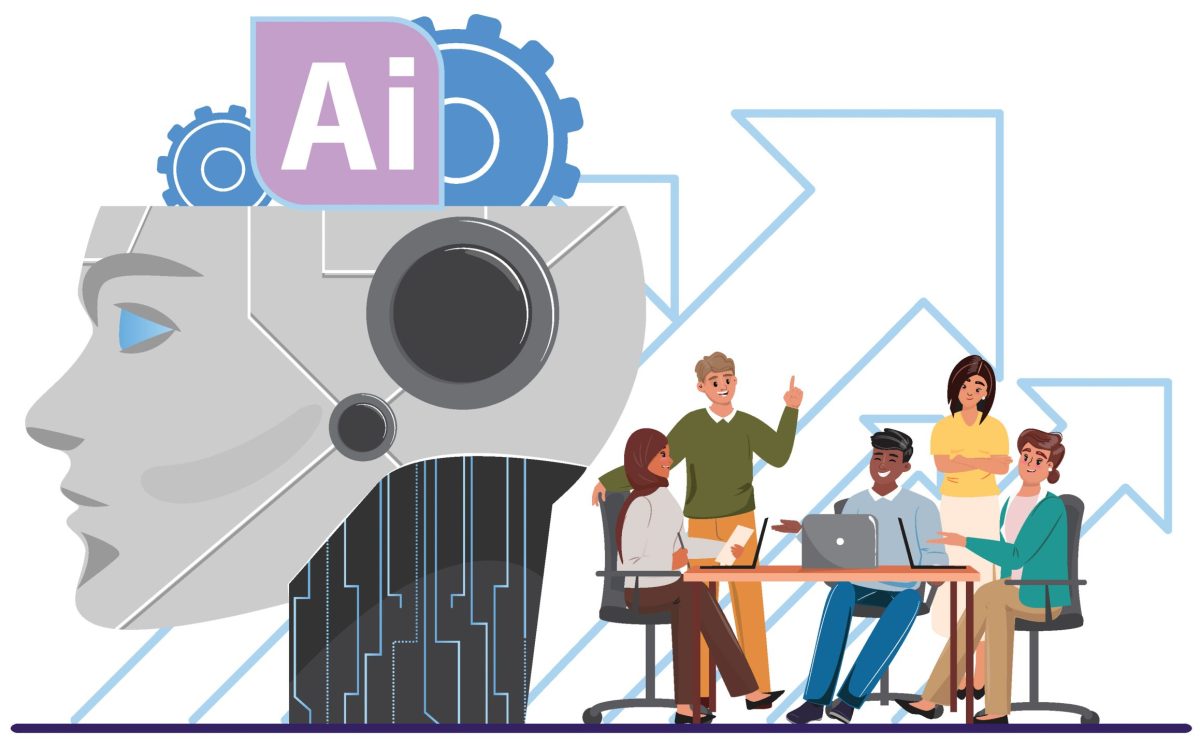
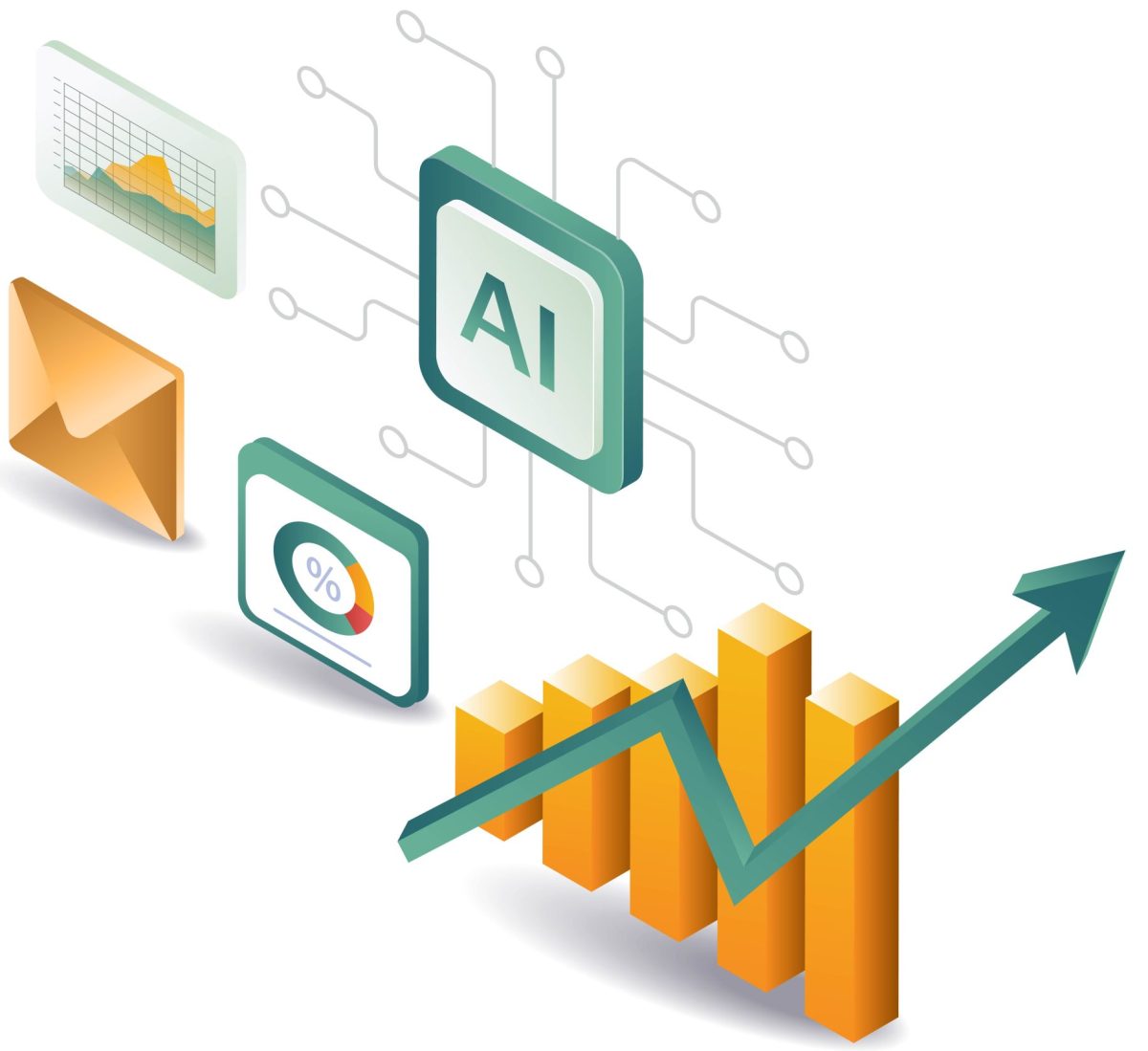

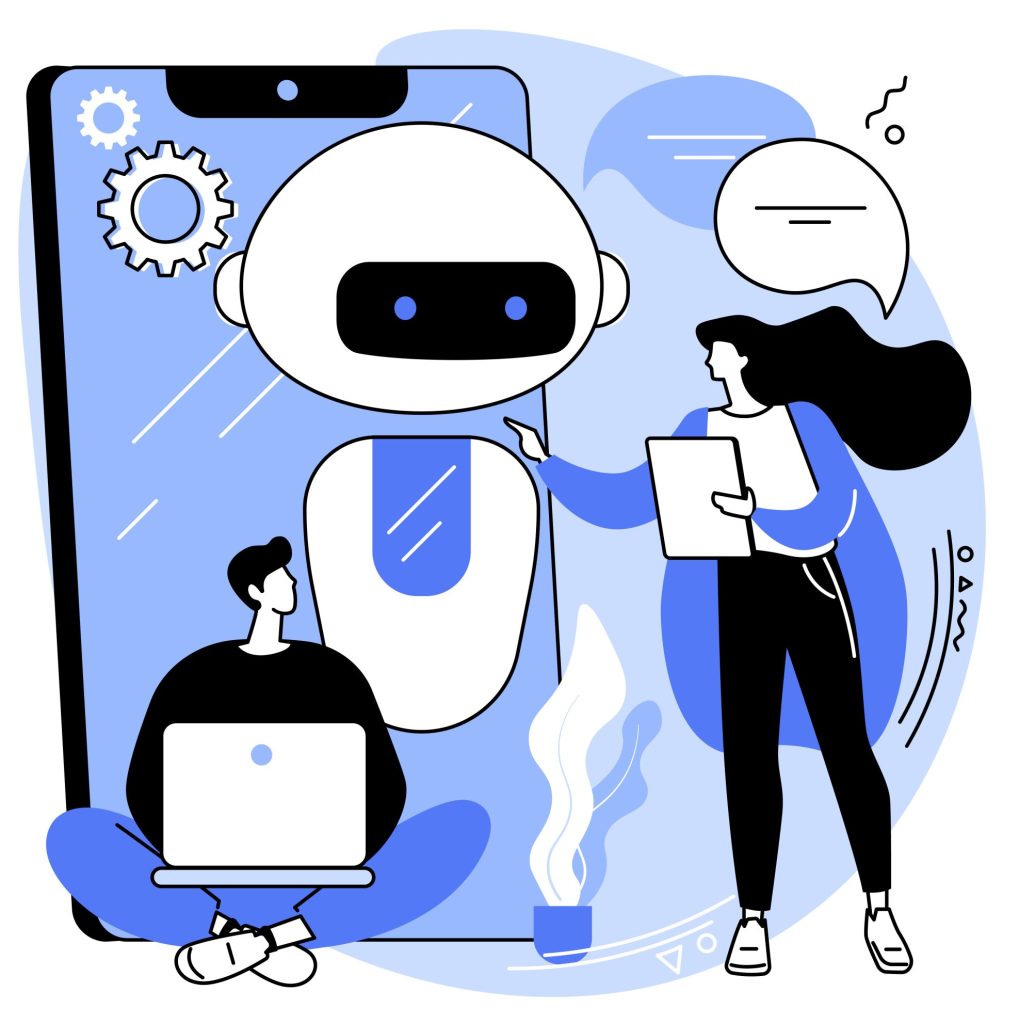 4. AI Prompt for Competitive Strategy
4. AI Prompt for Competitive Strategy How
How 
 4. AI Prompt for Performance Evaluation Metrics
4. AI Prompt for Performance Evaluation Metrics How
How 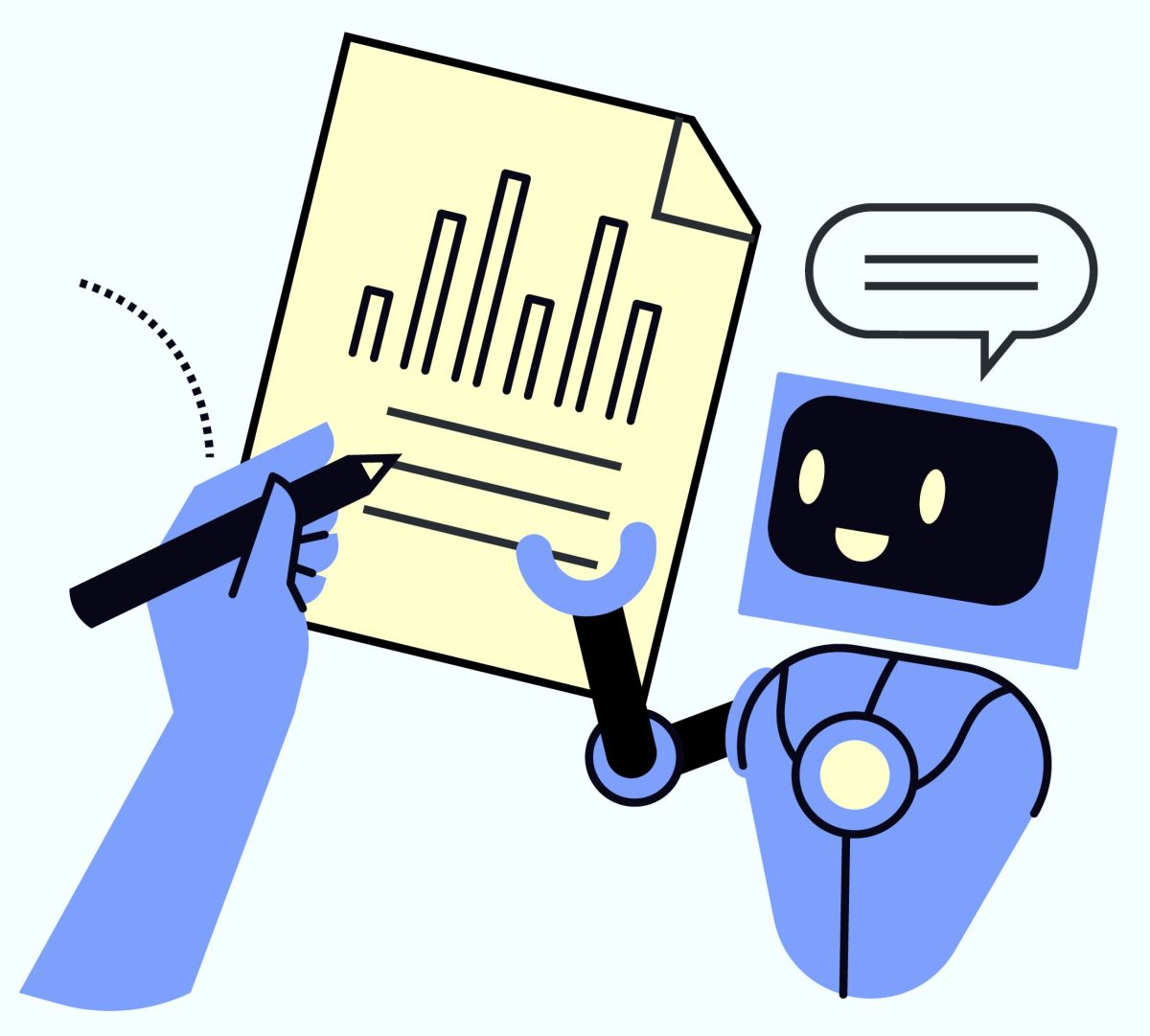
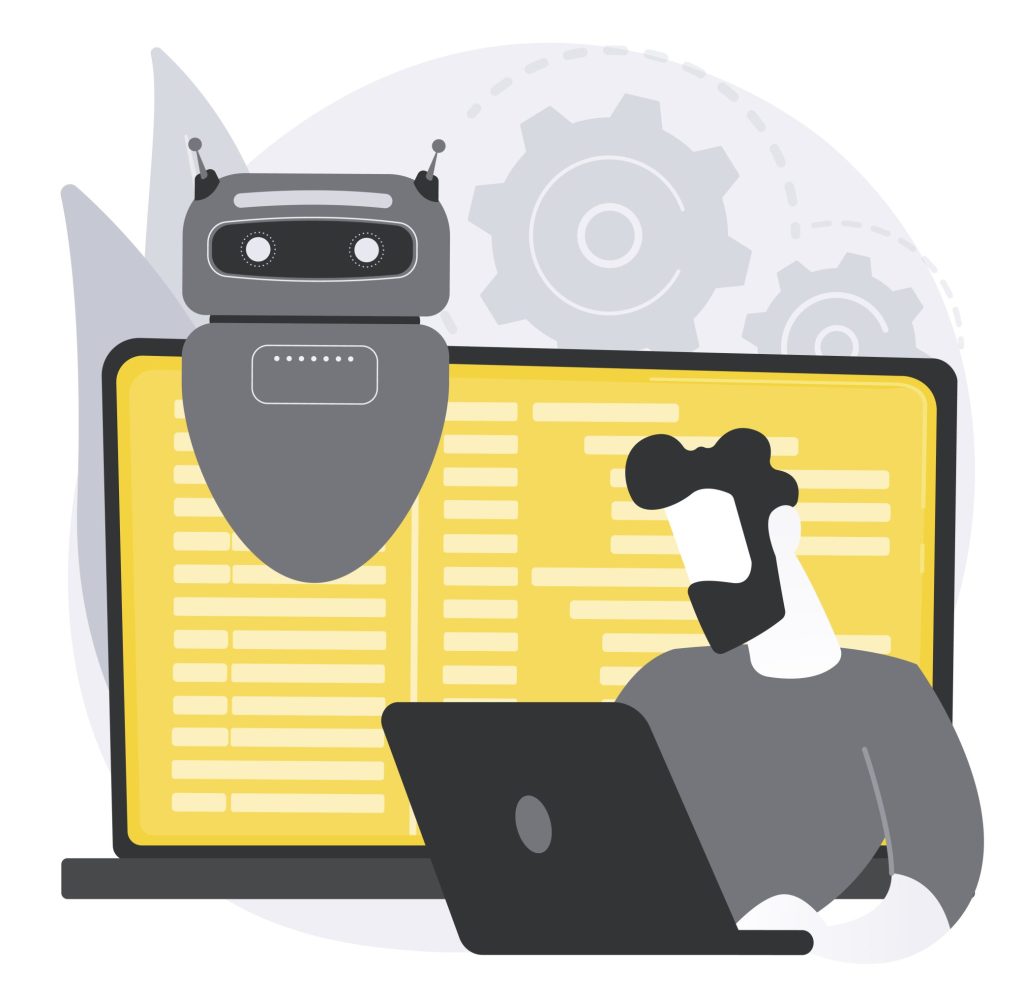 6.
6. 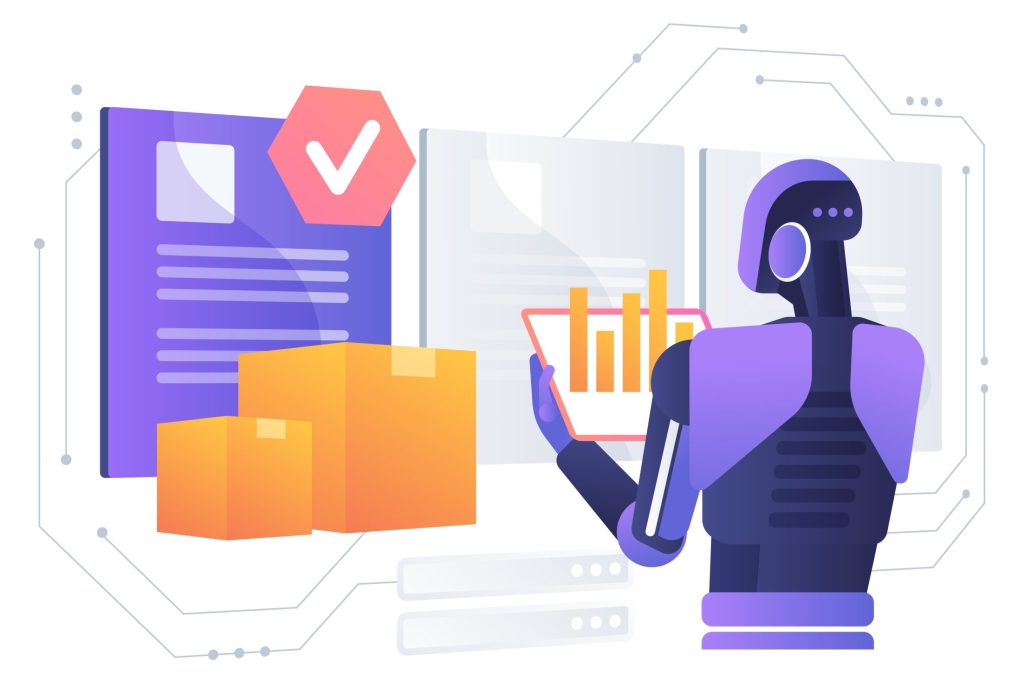 How
How 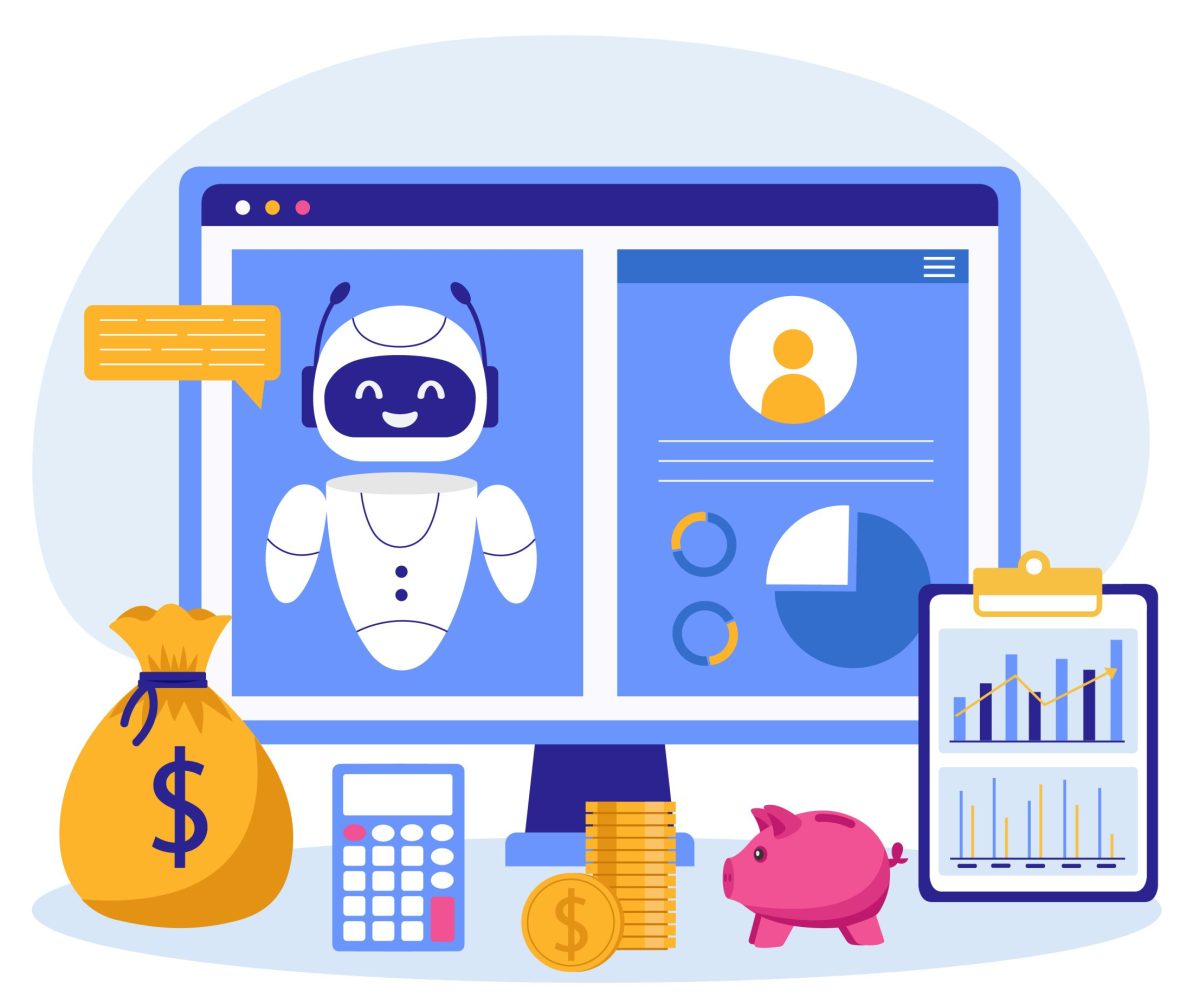
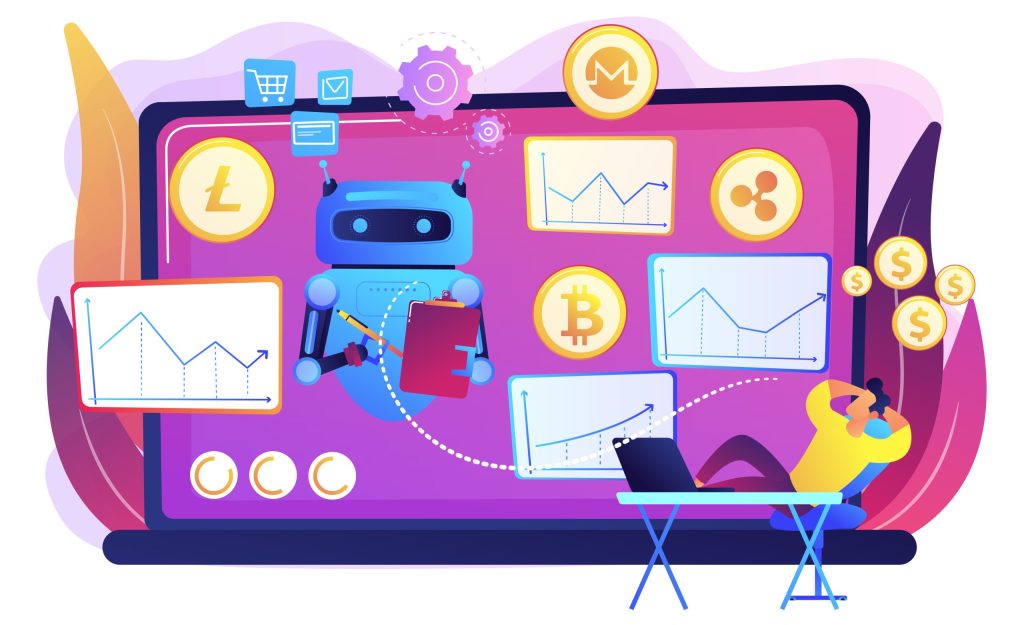 6. Workforce Planning Forecast
6. Workforce Planning Forecast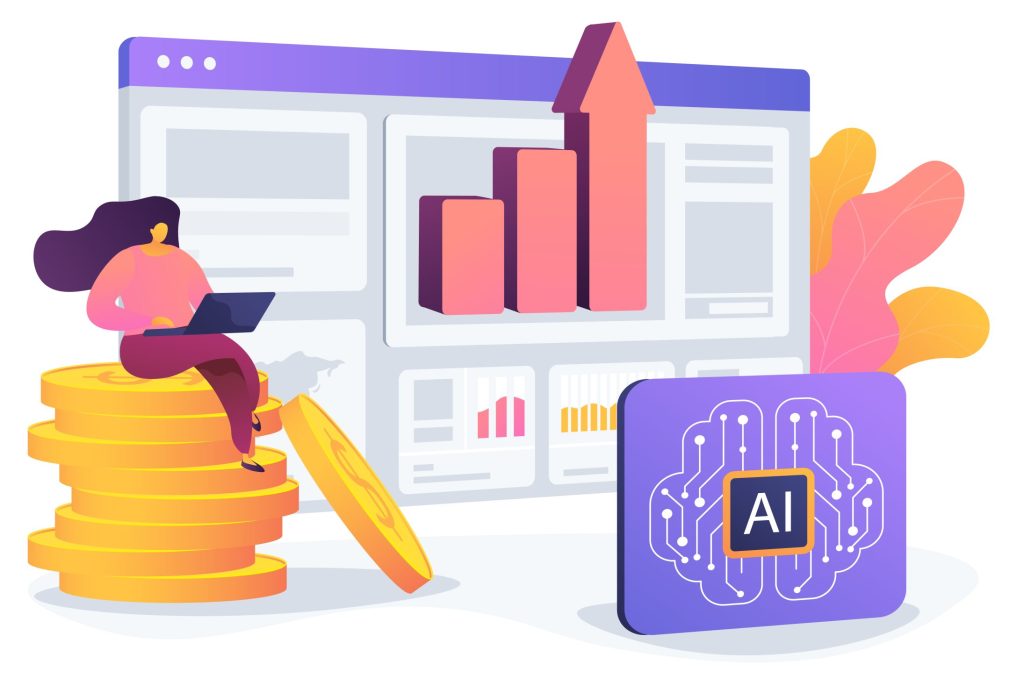 Example Output of AI-Generated Goal Setting
Example Output of AI-Generated Goal Setting
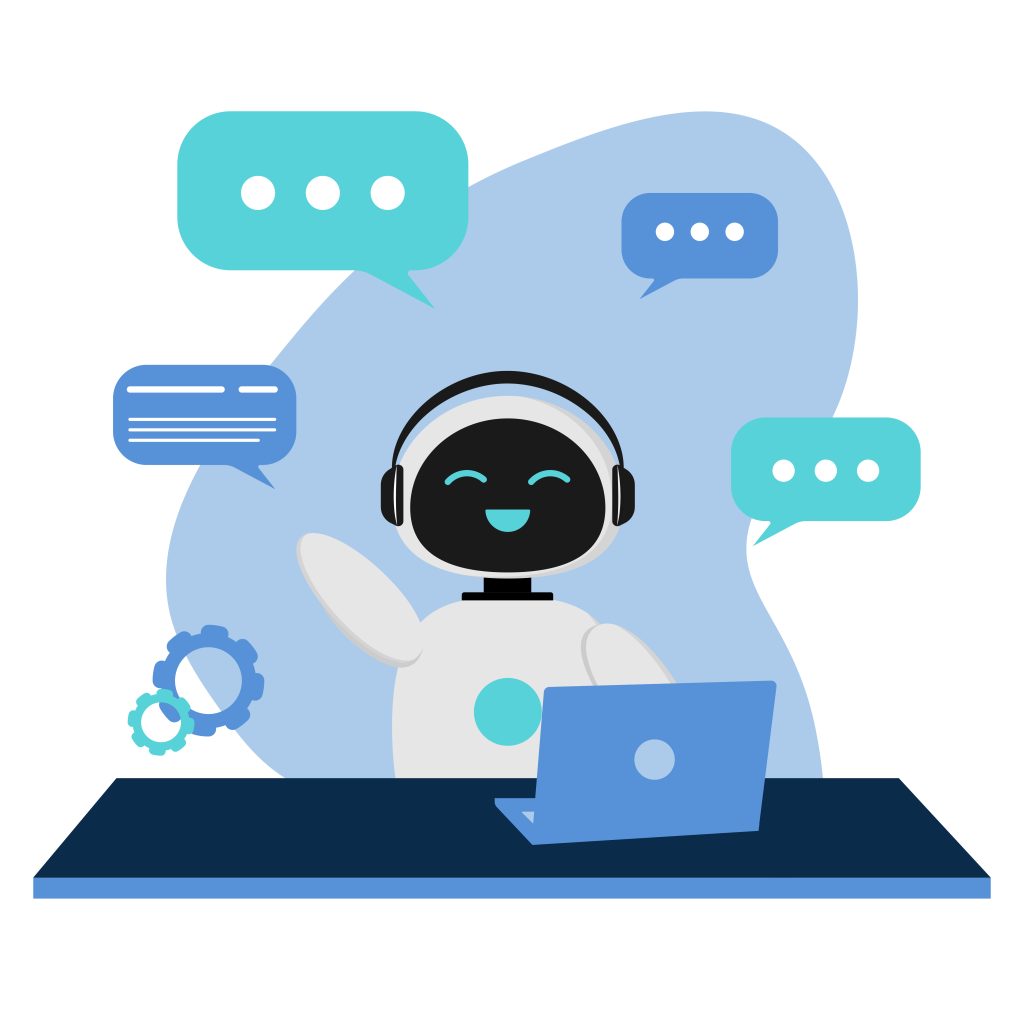 6. Upskilling Support Teams
6. Upskilling Support Teams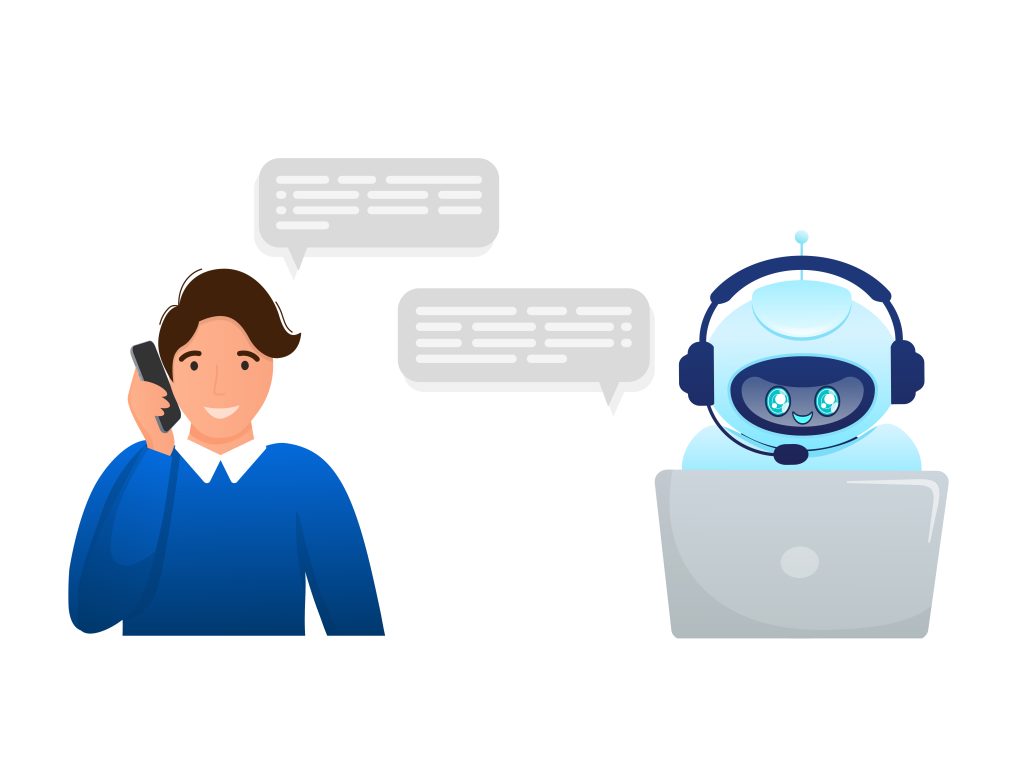 How
How 
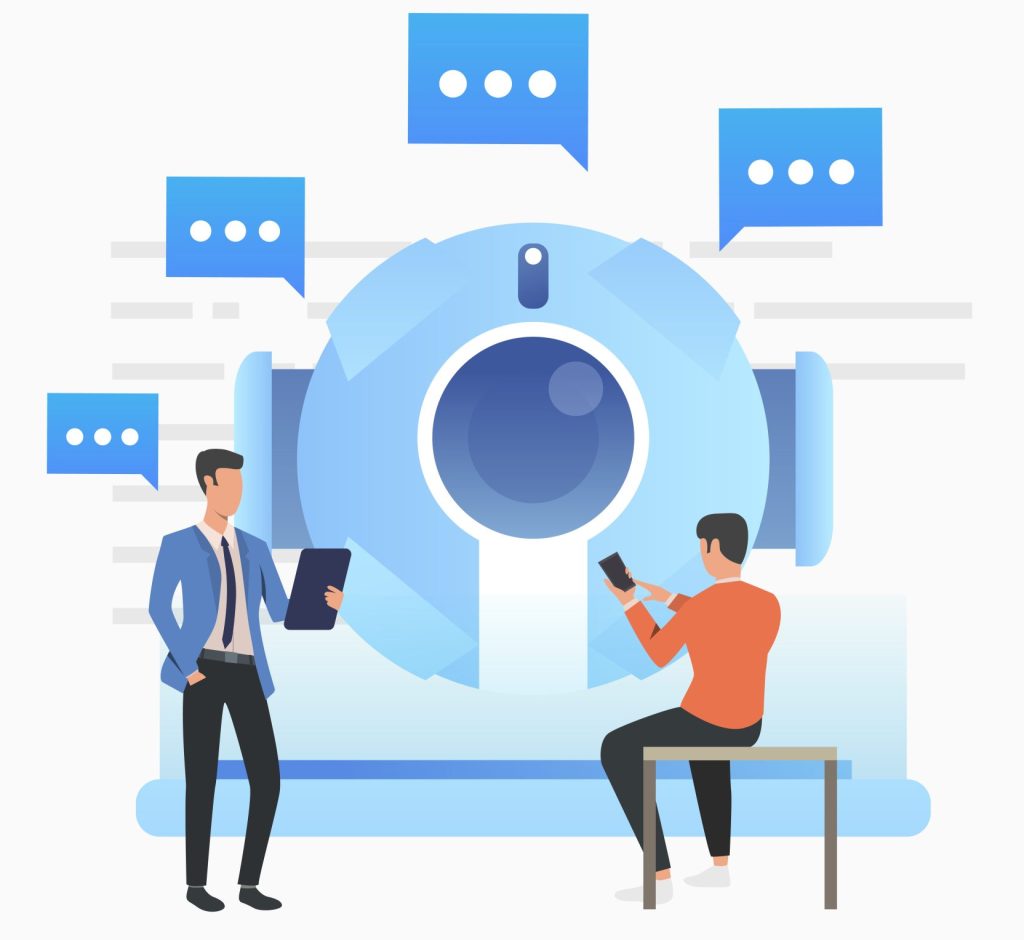 6. Proactive Support Initiatives
6. Proactive Support Initiatives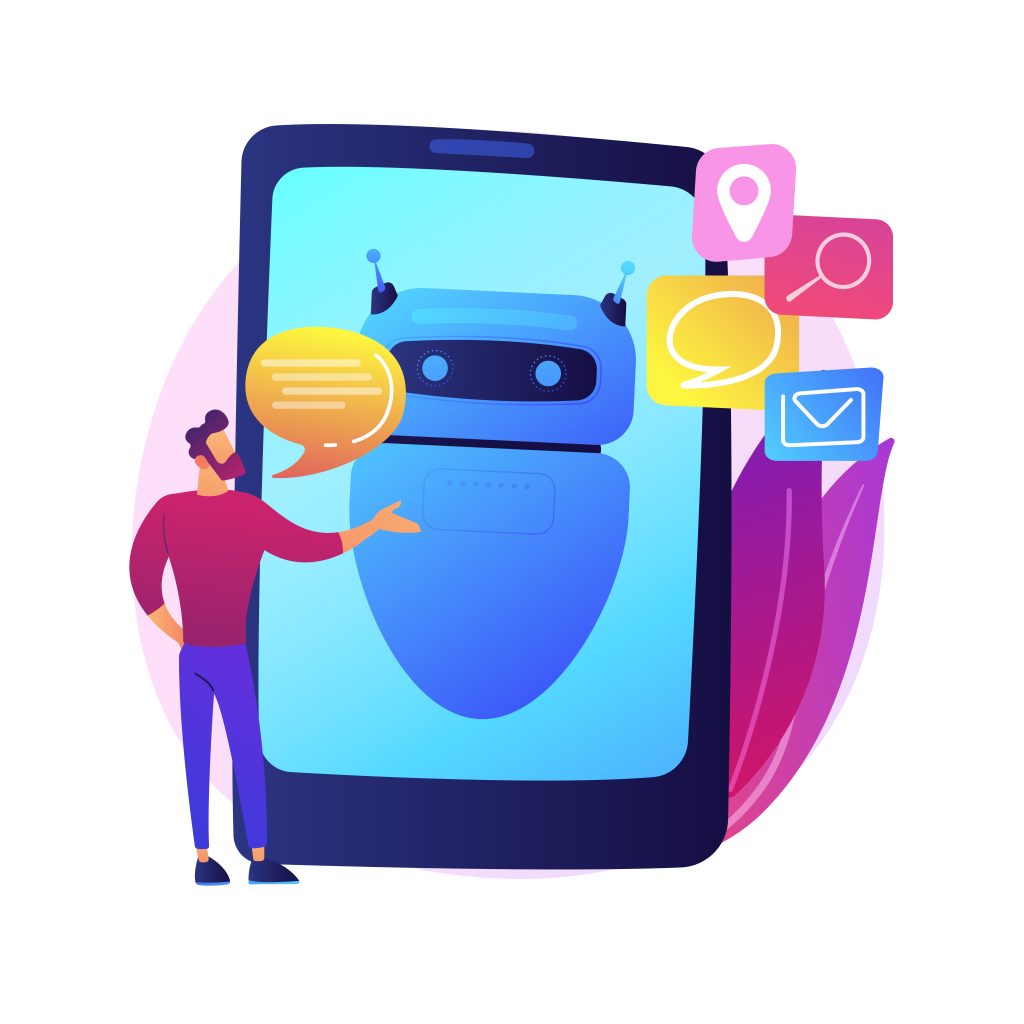 How
How 
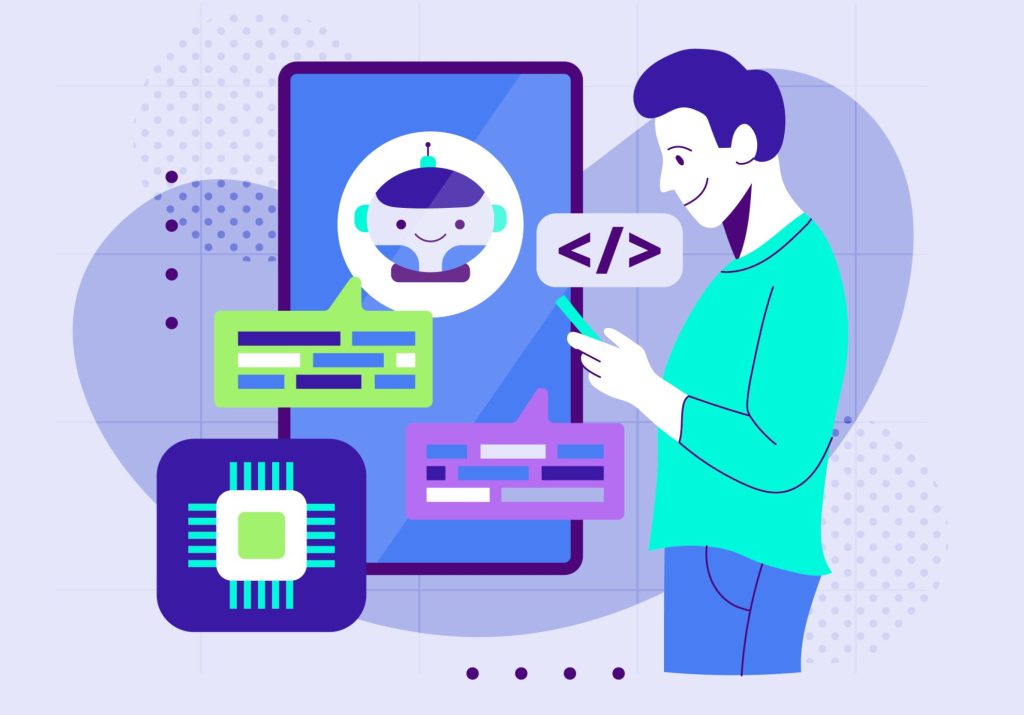 6. Data-Driven Decision Framework
6. Data-Driven Decision Framework How
How 